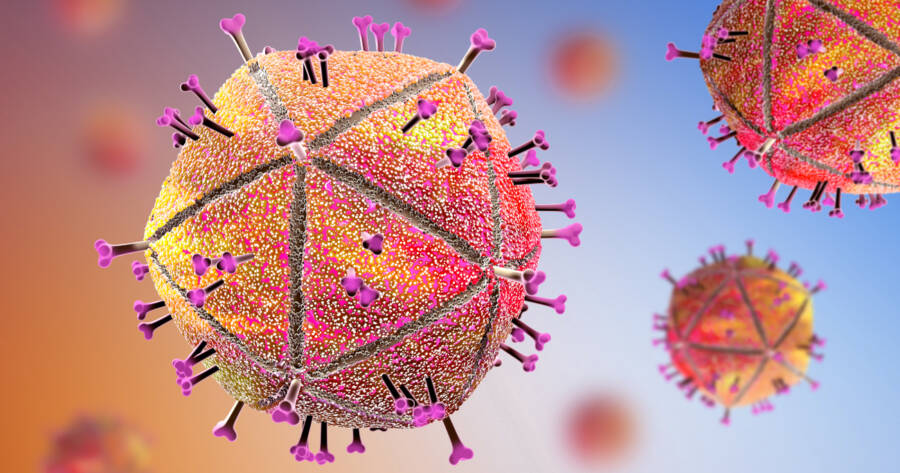Primary Immunodeficiency (PID) is a cluster of disorders that weaken the immune system, leaving the body susceptible to infections. Fortunately, you can learn everything you need to know about primary immunodeficiency with a search online right now.
Often mistaken for regular bouts of illness, PID can vary in symptoms and severity, making early diagnosis challenging. That is why it’s important to fully understand the signs and symptoms, as well as treatment options to help with early detection.
Types of Primary Immunodeficiency
There are over 300 identified types of Primary Immunodeficiency, broadly categorized into disorders affecting cellular immunity, humoral immunity, or both. 1 Examples of conditions include:
- Severe Combined Immunodeficiency (SCID)
- Common Variable Immunodeficiency (CVID)
- X-linked Agammaglobulinemia (XLA)
- DiGeorge Syndrome
The type of PID dictates the range and severity of symptoms as well as the treatment approach.
Varying Signs and Symptoms
Because PIDs can affect various parts of the immune system, symptoms can range from mild to severe. Frequent respiratory infections like bronchitis and pneumonia are common signs. Some people experience skin infections or digestive issues.
Others suffer from severe conditions like meningitis or sepsis. The varying signs often make early diagnosis challenging, emphasizing the need for comprehensive medical evaluations.
How Symptoms Differ Across Types
Not all PIDs present the same symptoms. For instance, SCID primarily affects infants, leading to severe, recurrent infections and failure to thrive. On the other hand, CVID can appear in adulthood and usually involves recurrent upper respiratory tract infections and gastrointestinal problems.
Patients with XLA tend to suffer from bacterial infections, while those with DiGeorge Syndrome may have congenital heart defects. A correct diagnosis requires recognizing the nuanced differences between types.
Emotional and Psychological Impact
Living with Primary Immunodeficiency doesn’t only pose physical challenges; it also brings emotional and psychological burdens. Frequent illness and hospital stays can lead to feelings of isolation and anxiety.
People may find it hard to maintain social relationships or jobs, intensifying stress levels and potentially exacerbating symptoms. Support groups and mental health care are vital components of a comprehensive treatment plan to address these aspects.
Pediatric Considerations
Children with Primary Immunodeficiency require special attention, as early-life infections can lead to developmental delays and impact academic performance. Proactive infection control measures, like vaccinations tailored to the child’s specific PID, are essential.
School staff and caregivers should be educated about the child’s condition to ensure a safe environment. Close coordination with pediatricians specializing in immunology is crucial for effective treatment and timely interventions.
Diagnostic Tests and Procedures
Accurate diagnosis of PID involves a series of tests. Blood tests, measuring levels of specific immunoglobulins, are often the first step.
Sometimes, DNA testing is conducted to identify genetic mutations. T-cell and B-cell counts can provide further insights. Occasionally, doctors might recommend a bone marrow test. Accurate diagnosis is crucial for effective treatment planning.
Treatment Options
Management of PID focuses on preventing and treating infections. Antibiotics are commonly prescribed to deal with bacterial infections. Immunoglobulin replacement therapy is another mainstay of treatment for many PIDs. 2
For severe forms like SCID, bone marrow transplants offer a potential cure. Other treatments like antivirals or antifungals may be needed depending on the type of infections encountered.
Advances in Treatment
New therapies are continuously being developed to treat PIDs. Gene therapy offers promise for certain types, especially those caused by single-gene defects. Biologics, which are medications made from living organisms, are emerging as potent options.
Personalized medicine, based on genetic makeup, is another frontier in PID treatment. These advances provide hope for better disease management and quality of life.
Complementary Therapies and Lifestyle Changes
Alongside medical treatments, some individuals turn to complementary therapies like acupuncture or herbal medicine to manage symptoms. While these approaches aren’t a substitute for conventional medical care, they may offer added relief when used responsibly and in consultation with healthcare providers.
Lifestyle changes, such as adopting a balanced diet rich in nutrients that support immune function, can also play a supportive role in managing PID. Regular exercise, while considering individual limitations, can help improve general well-being and may fortify the body’s defenses.
There is Hope for Those With Immunodeficiency
Primary Immunodeficiency is a complex umbrella of disorders that pose challenges in diagnosis and treatment. Understanding the various types and their symptoms is crucial for early detection and effective management.
Whether you’re trying to pinpoint a diagnosis or looking for cutting-edge treatments, online research can help you further decode this complex condition. With advancements in diagnostics and therapy, there is increased hope for individuals living with these conditions to lead healthier lives.




